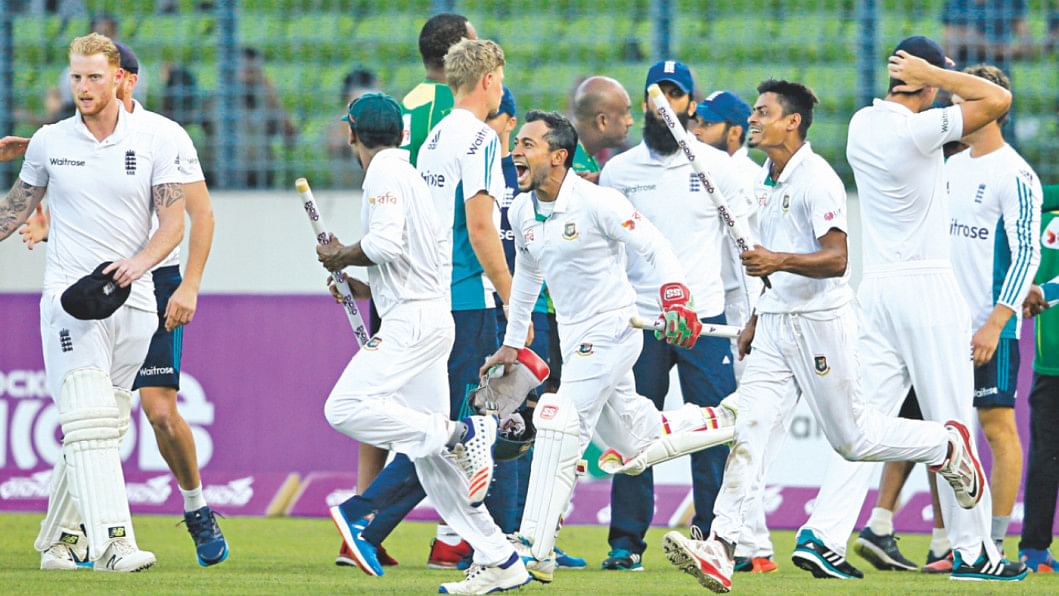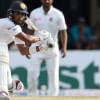A 5-day team from a one-day culture

The 10th and youngest Test team in cricket's exclusive club is also its most intriguing. The intriguing aspect is that Bangladesh are the only team so far that was elevated to Test level long after the ODI revolution that began in earnest when India's 1983 World Cup triumph stirred the dormant giant that is the Indian marketing machine.
The workings of that machine in the subcontinent's dominant nation held influence in neighbouring Bangladesh and in the mid-1980s, amid the rule of football, domestic one-day cricket featuring some Indian and Pakistani luminaries began to get real traction among cricket lovers in the country.
To cut a long story short, Bangladesh's elevation to Test level had all to do with the popularity of one form of cricket, the 50-over version, and little to do with their facility with the longer version; in fact, there was virtually no national first-class structure to speak of till the eleventh hour before the country's admission to the oldest, most comprehensive form of the game. Even that has now begun to compare with the standards in older Test nations.
What was there was high interest in ODI cricket – illustrated in international meets like the 1998 Independence Cup and the 1998 Mini World Cup (now the Champions Trophy) that Bangladesh hosted – and great passion about the national team, illustrated by the wild celebrations that followed the country's ICC Trophy triumph in 1997 and their 1999 World Cup win over Pakistan. It was a wise decision by cricket because interest and passion are the two main ingredients to sustain any new undertaking, and Test cricket was new for a one-day nation.
The saying 'morning shows the day' could hardly be more applicable than it is for Bangladesh's Test cricket. In the inaugural Test against India 16 years and four months ago, Bangladesh scored 400 in their first innings and was all out for 91 in the second. Nearly 17 years later, in four Tests this year, Bangladesh's average runs per wicket in the first innings is 41.68, while the corresponding number in the second innings is 20 -- a difference of 21.68.
As we celebrate the landmark that is the 100th Test today, we should also remember that Bangladesh have by far the worst record in Tests among the 10 members of the 100-Test club. New Zealand are the only side with a win fewer than Bangladesh's eight, but they actually had more draws (47) than defeats (46).
The most damning numbers for Bangladesh are the defeats (76) and draws (15). They clearly paint a picture of a team that, certainly in the early days, were not ready for Test cricket.
Those are the perils of being newcomers from a one-day culture in a five-day world. Test cricket requires application and concentration across five days of tough cricket, an area where Bangladesh have generally been found wanting. However, grim as the win-loss-draw analysis may be, a look at their progressive record shows clear improvement.
Another interesting stat is that although Bangladesh are the fastest to 100 Tests in number of years, they have played the fewest Tests save Zimbabwe over the relevant period, with England playing 210 and Australia 193.
For further improvement, this team and its players brought up on the one-day way of thinking has to keep playing Tests regularly. That is what improved their one-day cricket, and there may be no better cue to take than that.












Comments